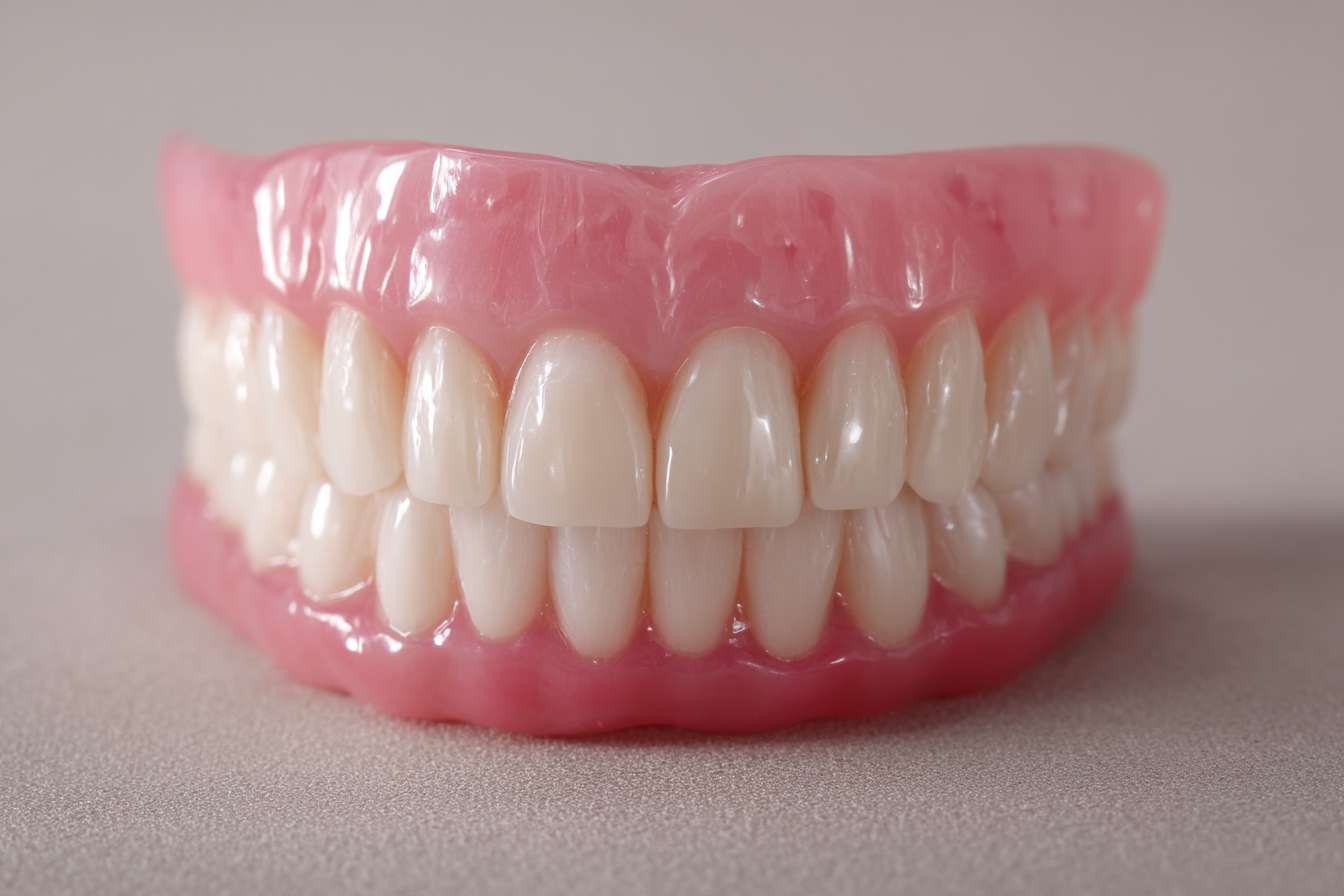Learn the Actual Cost of Dental Implants and Their Alternatives
Dental implants have become a popular solution for missing teeth, but they can be costly and may not be suitable for everyone. Understanding the alternatives to dental implants and their associated costs is crucial for making an informed decision about your oral health. This article will explore the various options available, their effectiveness, and how they compare in terms of price and appearance.

What are the main alternatives to dental implants?
When considering alternatives to dental implants, several options come to mind. These include dental bridges, partial dentures, and full dentures. Each of these alternatives has its own set of advantages and drawbacks, making them suitable for different situations and patient needs.
Dental bridges are fixed prosthetic devices that literally bridge the gap created by one or more missing teeth. They consist of two or more crowns for the teeth on either side of the gap, with a false tooth or teeth in between. Bridges can be made from various materials, including porcelain, alloys, gold, or a combination of these.
Partial dentures are removable appliances that replace multiple missing teeth. They consist of replacement teeth attached to a plastic base that matches the color of your gums. Metal clasps or precision attachments often hold partial dentures in place, anchoring them to your natural teeth.
Full dentures are complete sets of removable false teeth designed to replace all the teeth in either the upper or lower jaw, or both. They are custom-made to fit comfortably over your gums and are held in place by suction or dental adhesive.
How do implant alternatives differ in price, look, and effectiveness?
The cost, appearance, and effectiveness of dental implant alternatives can vary significantly. Dental bridges are generally less expensive than implants but may require the alteration of adjacent healthy teeth. They look natural and can last 5-15 years with proper care. However, they may not prevent bone loss in the jaw like implants do.
Partial dentures are typically the least expensive option and can be easily removed for cleaning. While they may not look as natural as bridges or implants, modern materials have improved their appearance. Effectiveness can vary, as they may shift during eating or speaking.
Full dentures are more affordable than implants but can be less comfortable and may affect speech and eating abilities. They require regular adjustments and replacements every 5-8 years. However, they can significantly improve appearance and function for those missing all their teeth.
What are affordable options for restoring your smile without surgical implants?
For those seeking more affordable alternatives to dental implants, several options exist that can effectively restore your smile without the need for surgery. These include:
-
Resin-bonded bridges: Also known as Maryland bridges, these are less invasive and more affordable than traditional bridges. They use wings bonded to adjacent teeth to hold the false tooth in place.
-
Flipper dentures: These temporary, lightweight partial dentures are an inexpensive solution while deciding on a permanent option.
-
Snap-on veneers: These removable veneers cover existing teeth and fill gaps, providing a cosmetic solution at a fraction of the cost of implants.
-
Dental crowns: For teeth that are damaged but not completely missing, crowns can restore function and appearance without the need for implants.
What important factors should you weigh when deciding between dental implants and simpler treatments?
When considering dental implants versus simpler treatments, several factors come into play:
-
Overall oral health: The condition of your remaining teeth, gums, and jawbone can influence which options are viable.
-
Long-term cost: While implants have a higher upfront cost, they may be more cost-effective in the long run due to their durability.
-
Aesthetics: Consider how natural you want your smile to look and how each option affects your appearance.
-
Functionality: Think about how each option impacts your ability to eat, speak, and maintain oral hygiene.
-
Time commitment: Implants require a longer treatment process, while other options may be quicker to implement.
-
Longevity: Implants can last a lifetime with proper care, while other options may need more frequent replacement.
How do the costs of dental implants compare to their alternatives?
Understanding the cost differences between dental implants and their alternatives is crucial for making an informed decision. Here’s a comparison of estimated costs for various tooth replacement options:
| Treatment Option | Average Cost Range (per tooth) | Longevity |
|---|---|---|
| Dental Implants | $3,000 - $4,500 | 20+ years |
| Traditional Bridge | $2,000 - $5,000 | 5-15 years |
| Resin-Bonded Bridge | $1,000 - $2,500 | 5-10 years |
| Partial Denture | $650 - $2,500 | 5-8 years |
| Full Dentures | $1,000 - $3,000 (per arch) | 5-8 years |
| Snap-on Veneers | $500 - $1,500 | 1-3 years |
Prices, rates, or cost estimates mentioned in this article are based on the latest available information but may change over time. Independent research is advised before making financial decisions.
While dental implants have a higher initial cost, their longevity and low maintenance requirements can make them more cost-effective in the long term. However, for those seeking immediate solutions or working within a tighter budget, alternatives like bridges or dentures can provide satisfactory results at a lower upfront cost.
In conclusion, the choice between dental implants and their alternatives depends on various factors, including budget, oral health, and personal preferences. By understanding the differences in cost, appearance, and effectiveness of each option, you can make an informed decision that best suits your needs and financial situation. Consulting with a dental professional is crucial to determine the most appropriate solution for your specific case.
This article is for informational purposes only and should not be considered medical advice. Please consult a qualified healthcare professional for personalized guidance and treatment.




